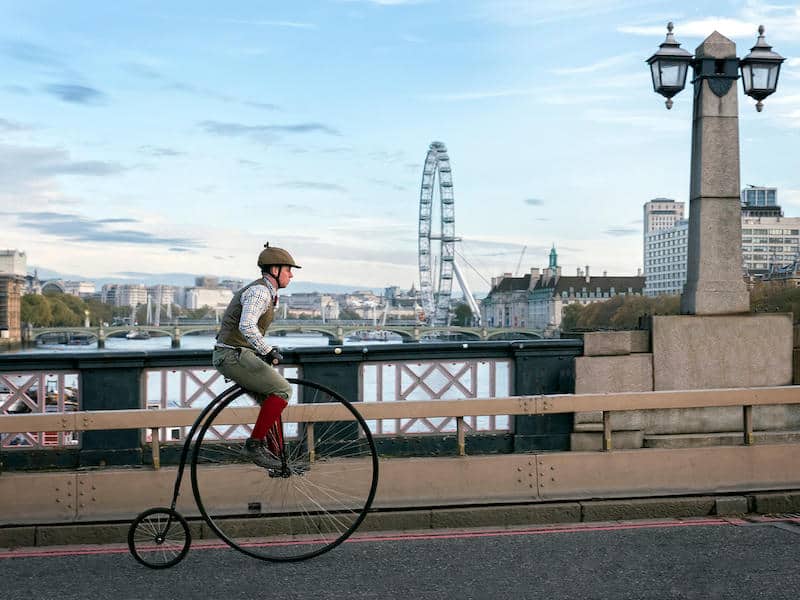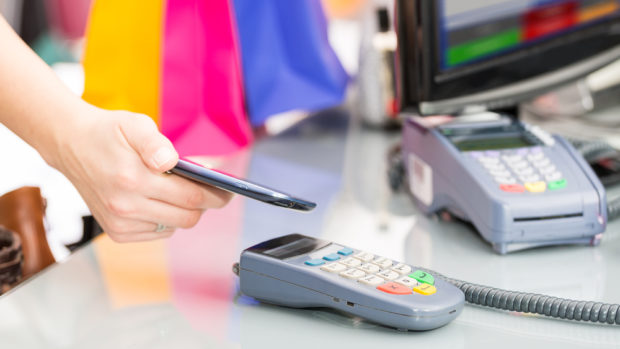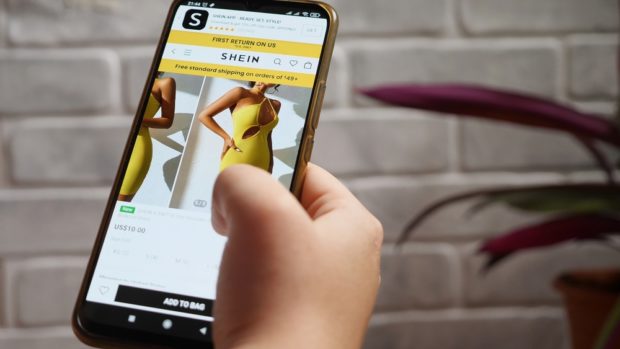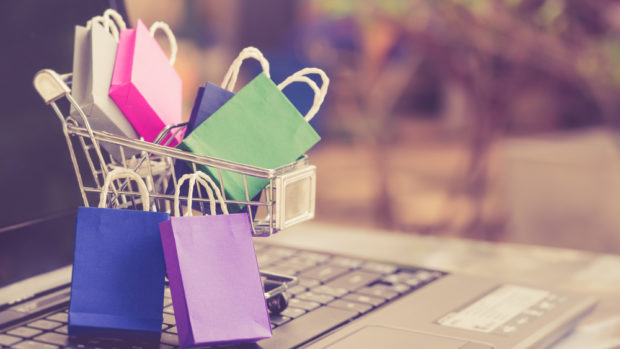
Brits have spent £40.6 billion on dispensable items during lockdown, in an effort to have more fun while at home.
New research from Barclaycard Payments, which processes nearly half of the nation’s credit and debit card transactions, reveals that UK adults have spent an average of £771.34 each on dispensable items in recent months. This comes as an increasing number of retailers launch innovative ‘insperience’ products and services designed specifically to be used at home during the months of lockdown.
Men have shelled out the most, at £1,014.08 per person, with women averaging £571.58. Londoners and those at home with children under 18 were the two highest spending groups, making purchases amounting to £2,812.26 and £2,070.35 respectively.
Of those that bought something, a third (33 per cent) found that their purchases made lockdown more enjoyable and almost three in 10 (28 per cent) purposefully selected things that would make them, or their family happy.
Lockdown purchases – the most common to most bizarre
Takeaway food and drink (24 per cent) was the most popular purchase made during lockdown, followed by summer wardrobe pieces (19 per cent), outdoor plants and flowers (16 per cent), baking ingredients (15 per cent) and spirits (13 per cent).
Some of the more bizarre items bought included an inflatable pub, a piece of the moon, a Penny Farthing and an antique diving suit.
| Most common items bought during lockdown | Most bizarre items bought during lockdown |
| 1. Takeaway food and drink | An inflatable pub |
| 2. Summer wardrobe (e.g. sundresses, shorts, shoes) | Tom Jones jigsaw puzzle |
| 3. Outdoor plants and flowers | World War II mask |
| 4. Baking ingredients (e.g. flour, yeast, icing, pastry) | Antique diving suit |
| 5. Spirits | Slush Puppie machine |
| 6. Loungewear (e.g. hoody, sweatshirt, tracksuit) | A star |
| 7. Paint and accompanying tools | A hot tub (but no garden to put it in) |
| 8. Make-up | A Penny Farthing |
| 9. Nightwear (e.g. pyjamas, dressing gown) | A stretch rubber chicken |
| 10. Entertainment subscription (e.g. Netflix, Amazon Prime, Disney+, Spotify) | A used postcard of Barnstaple |
| 11. Lingerie | A stuffed crocodile |
| 12. Indoor plants and flowers | Mr Bean cardboard cut out |
| 13. Fiction/non-fiction books | Tractor wheel |
| 14. Video game(s) | Antique milk churn |
| 15. Wine delivery or subscription | Karaoke machine |
| 16. Shaving items (e.g. razors, balms, lotions and moisturisers, subscriptions) | A piece of the moon |
| 17. Baking utensils | A horse hair t-shirt |
| 18. Gardening equipment (e.g. lawnmower, power washer) | A Christmas tree |
| 19. Pet (e.g. puppy, kitten, goldfish, guinea pig) | A Hazmat suit |
| 20. Headphones/earphones | Old gaming machine |
The emergence of consumer clusters
When it came to choosing how to make the most fun out of time spent at home, clear consumer clusters can be seen:
- Home Hustlers – A third of Brits (33 per cent) spent £508 each on smartening up homes and gardens.
- Clothing Collectors – 36 per cent of UK adults bought clothing, beauty and accessories, with this figure jumping to 47 per cent for women, with an average spend of £384.70 per person.
- Proactive Parents – 14 per cent of those questioned invested £623.60 per person on entertaining or home-schooling their children.
- Fitness Fanatics – 13 per cent of consumers decided to fight the flab during lockdown, parting with £682 on average to buy sports and outdoor gear. Men spent almost triple the amount than women on sports clothing and equipment, paying out an average of £941.40 compared to £324.00.
- Pet Purchasers – While only a small number (five per cent) invested in a pet, they spent a sizeable amount doing so (£635.20).
Lockdown Leftovers
Fortunately, there seems to be little ‘buyer’s remorse’ felt across the UK. Eight in 10 consumers (80 per cent) plan to keep all the items they invested in, with only 6 per cent feeling as though they had wasted money. Almost half of respondents (47 per cent) said that all the things they bought are useful.
However, while the majority of people are wanting to hold onto their at-home hoard, some want to clear out their lockdown leftovers. One in five consumers (20 per cent) say they are planning to give away at least one of the items they bought during lockdown to charity. With an average estimated value of £65.90 per donation, Brits are on track to give £543 million worth of goods** to charity over the coming months.
A third (33 per cent) of those donating say it’s time to pass on their items for someone else to enjoy, while a quarter (25 per cent) believe what they purchased is taking too much space, followed by one in five (21 per cent) who are now bored with what they bought.
Kirsty Morris, managing director for account development at Barclaycard Payments, said: “Being at home for such an extended period of time meant that Brits became imaginative with how they spent their money. Whether it was to keep themselves or their families entertained, people have emerged from lockdown with an impressive array of quarantine buys.
“From little luxuries to big investments, the nation sought out the things that would bring them happiness and provide entertainment at home. A trend recognised by an increasing number of retailers seeking to attract customers with fun ‘insperience’ services and products during the months of lockdown. Things that could have been left redundant as lockdown eased, have instead have made their way up the ranks to be deemed household must-haves that people didn’t know they needed. Many of the items bought have also encouraged people to take up new hobbies, but perhaps more importantly, were successful in making such an unusual period, that little bit more enjoyable.”








Share